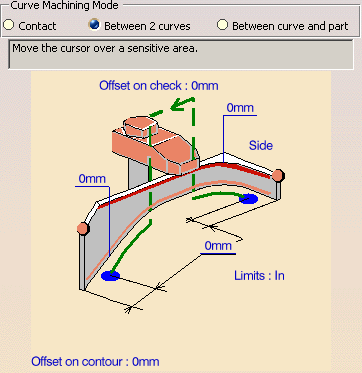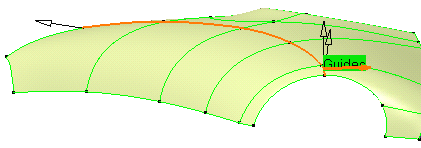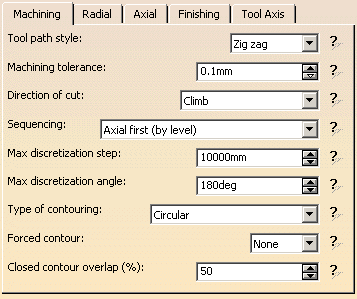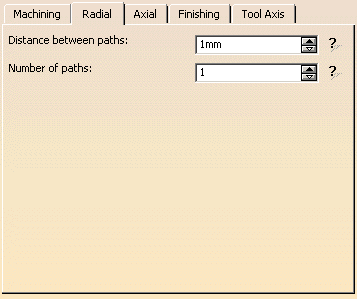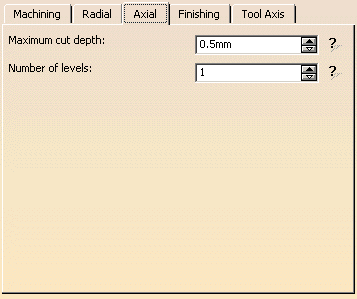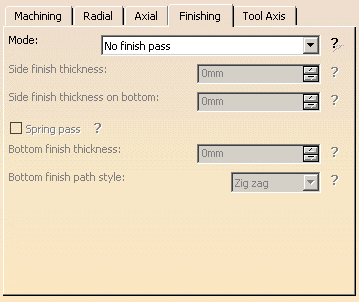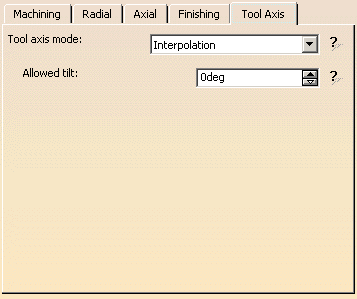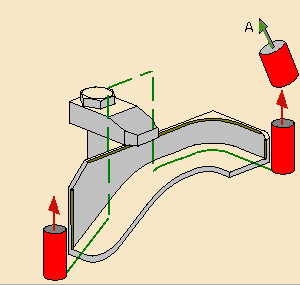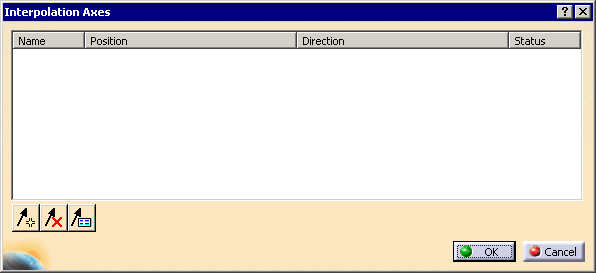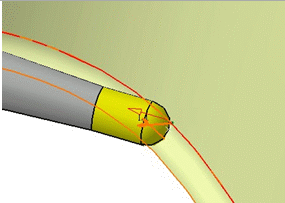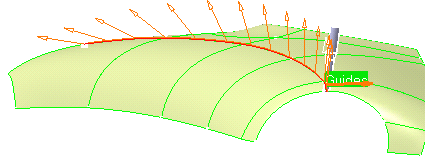|
|
This task shows how to insert a 'Between 2 curves'
Multi-Axis Curve Machining operation in the
program.
In this scenario the tool axis will be guided in Interpolation mode. To create the operation you must define:
|
|
|
|
||
|
|
Open the
MultiAxisMilling01.CATPart document, then select Machining > Advanced Machining from the Start menu. Make the Manufacturing Program current in the specification tree. |
|
|
|
|
|
|
|
The top guiding curve in the icon is colored red
indicating that this geometry is required for defining the operation. All other geometry is optional. Set the Curve Machining type to Tip to drive the extremity of the tool.
|
|
|
||
|
|
The guide elements of the icon are now colored green
indicating that this geometry is now defined. These are also indicated on the part. |
|
|
||
|
|
|
|
|
|
The Check Interferences button will not become available if
the operation parameters are not coherent. A tool is proposed by default
when you want to create a machining operation. This is described in Edit the Tool of an Operation. |
|
|
||
|
|
You can add approach and retract motions to the operation
in the Macros tab page
This is described in Define Macros of an Operation. |
|
|
||
|
|
||
